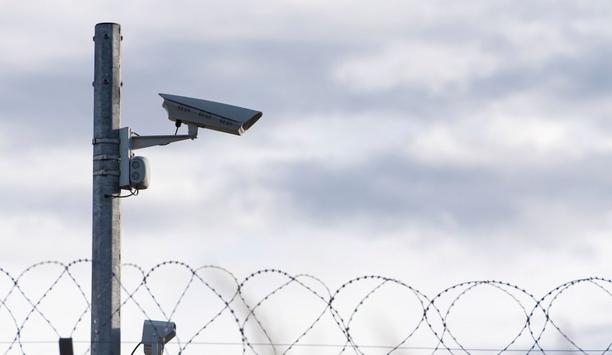 |
| Post earthquake communication breakdown in Christchurch was supported by Cassidian an EADS company |
Cassidian, an EADS company, quickly responded to multiple requests for increased mission critical communications capacity in the aftermath of a 6.3 earthquake that hit the country of New Zealand on February 22, 2011. The powerful earthquake struck near Christchurch, the country's second largest city with a population of 386,000 taking out buildings and power lines, and interrupting both landline and cellular networks.
The disruption of the public communications networks left the city relying heavily on its public safety radio communications system, which survived the initial quake and aftershocks without a single site going down. The network a Cassidian CORP25 digital trunked Land Mobile Radio (LMR) system was originally installed in 2008 by Tait Radio Communications for the New Zealand Police, a national policing agency that responds to more than 600,000 emergency calls annually. In response to the numerous emergency rescue and relief responders flooding into the area, the first request for increased capacity to the mission critical radio network came from Tait Radio Communications less than 24 hours after the quake initially hit.
 |
| Cassidian's CORP25 digital trunked LMR system that helps in responding to post disaster emergency calls |
Cassidian took immediate action, and within three hours workers were able to increase the Subscriber User licenses from 1700 to 2200. Two days later, an additional 500 licenses were requested, this time processed in under 20 minutes. The third request, 12 hours later, was for five additional channels, which Cassidian again delivered in record time.
"We already knew that the radio network was doing a great job for the New Zealand Police and the city of Christchurch, but what we needed was performance above and beyond in this situation," said Mike Head, Systems Manager, Tait Radio Communications. "So we were extremely satisfied when Cassidian delivered exactly what we asked for and even faster than expected," Mr. Head added. "We feel honoured to have played a part in assisting Tait Radio Communications and the New Zealand Police, respond to the crisis, in Christchurch," said Chuck Sackley, Vice President and General Manager, Cassidian Communications, Land Mobile Radio.
"It is very rewarding to know that our forces were able to come together with the singular goal of helping those in need, and that the software-based nature of the CORP25 network enabled us to react as quickly as we did, to the requests for more capacity," added Mr. Sackley. The countrywide CORP25 network currently covers three key regions Canterbury, Wellington and Auckland and supports more than 8,500 users.


















